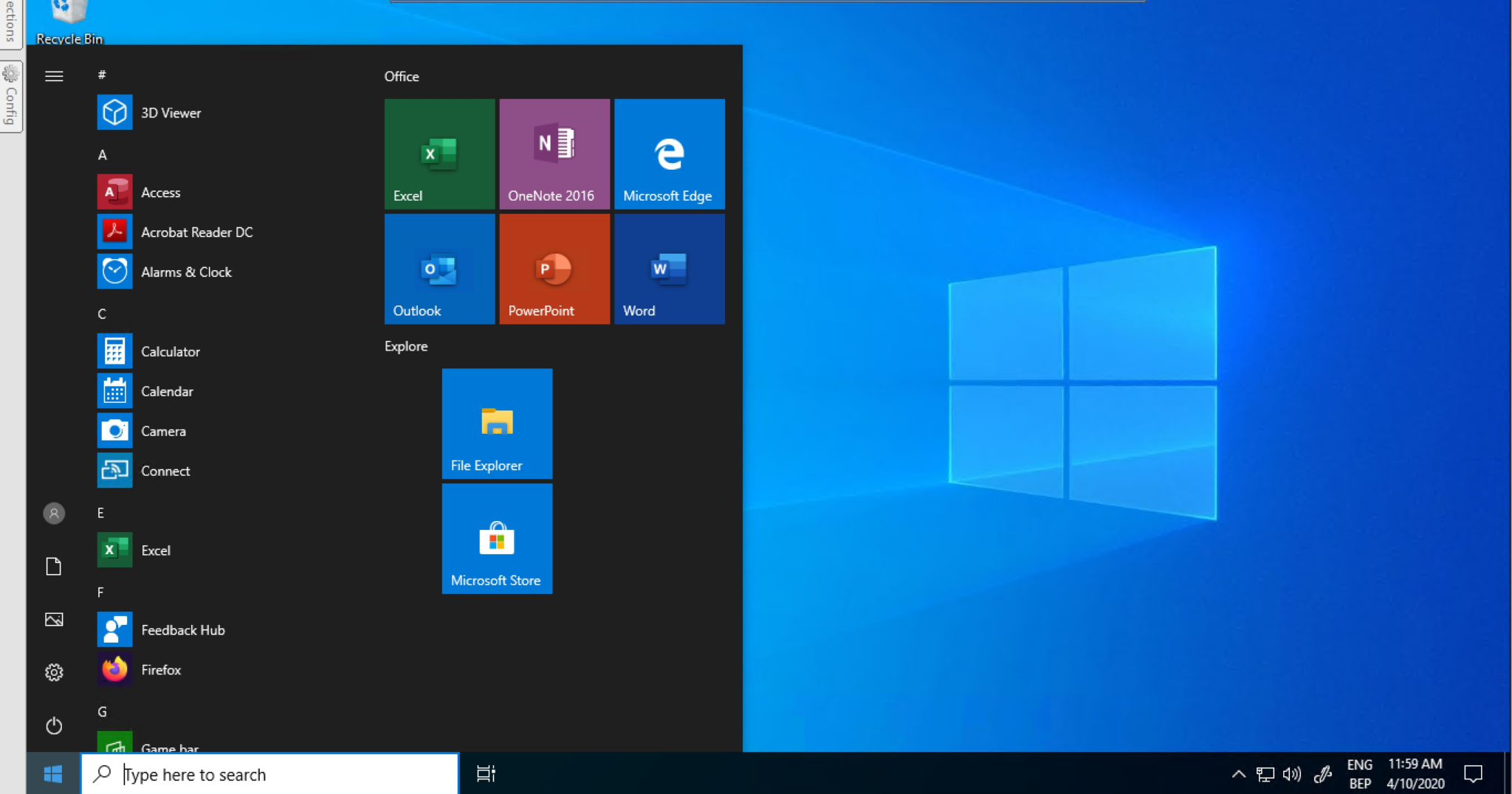

- #Download microsoft teams powershell module software#
- #Download microsoft teams powershell module code#
You may know what you’re installing from NuGet or npm, but you have far less insight into the code it depends on.

The project is moving fast and adding new detectors to help identify code and where it comes from-as well as what dependencies it brings to your code base. Microsoft’s internal SBOM tool is now open source, with binaries and source code available on GitHub.

A well-designed SBOM tool will deliver the digital signatures and hashes needed to add additional authentication to a build process to help identify not only if it has been compromised, but where and when that compromise occurred. Generating an SBOM twice may seem like overkill, but if your CI/CD pipeline has been compromised, a comparison of the SBOM at a merge with one at a build can help identify possible issues before code ships. They need to plug into common development tools or into CI/CD pipelines to ensure that information about code is captured where it’s developed and where it’s compiled. Tools like this need to be widely available, easy to use, and work across all the platforms you’re likely to use for your code. As a result of joining the SPDX standards process, Microsoft’s internal tool has been updated to use this alternate format, rolling it out across its own development and build pipelines.
#Download microsoft teams powershell module software#
Microsoft has been using its own tool to generate component manifests for its software with its own report formats. executive order added urgency to this process, and the working group has moved to merge its work with the Linux Foundation’s more mature Software Package Data Exchange (SPDX) format. Microsoft was working with the Consortium for Information and Software Quality in its Tool-to-Tool SBOM working group to develop a standard for SBOM schema. Without standardization, formats vary and often aren’t machine-readable. Many companies, Microsoft included, provide them to their users using proprietary manifests. They require software to ship with a software bill of materials (SBOM) that details the components that ship with your code. administration has responded to the SolarWinds compromise with an “Executive Order on Improving the Nation’s Cybersecurity” that requires the National Institute of Standards and Technology to develop and publish guidelines to enhance the security of software supply chains, the networks of modules and components that come together to build our code. What do we do to ensure trust in our code? Why a software bill of materials, and why now? A network of software development goes far beyond our desks and our repositories. It’s all deeply intertwingled, as Ted Nelson would have put it. Even so, we trust their code to be what it says-a trust that we pass on to our users. Modern development relies on code from repositories all over the world, developed by countless teams and individuals we will never meet. It’s a complex problem, made more complex by the layered and nested foundation of dependencies we’ve placed under all our code. How can we ensure that the software we distribute to our users is the software we intend to build? Are all the dependencies for our code the ones we intended to have? If we’re using third-party modules, are they still what we expect? The compromise of SolarWinds’ system management tool raised a lot of interesting issues for anyone using a CI/CD (continuous integration and continuous delivery) build process for their software.


 0 kommentar(er)
0 kommentar(er)
